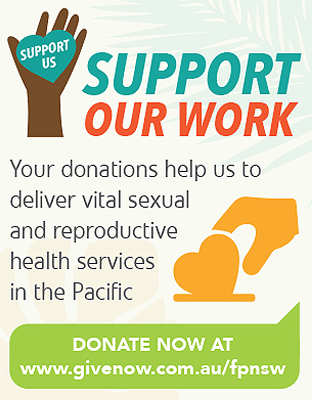Contraception is something people can use when they want to have sex with a partner, but do not want to become pregnant or have a baby.
It is important for people to use contraception every time they have sex if they do not want to get pregnant.
To learn more about becoming pregnant, go to:
You have the right to choose whether you want to use contraception and whether you want to have a baby.
There are many types of contraception options, and it is important to find one that works best for you.
On this page you will find information about:
- hormonal methods of contraception
- barrier methods of contraception
- other methods of contraception
- emergency contraceptive pill
- where to go for more information
- resources in different languages
Hormonal contraception+
Hormones are chemicals that your body makes. These chemicals can tell your body to make different changes.
Hormonal contraception uses hormones such as oestrogen and progestogen to make changes to the body to prevent pregnancy.
To learn more about the female reproductive system, go to:
There are many different types of hormonal contraception. Click below to find out more about the different types.
Contraceptive Pills
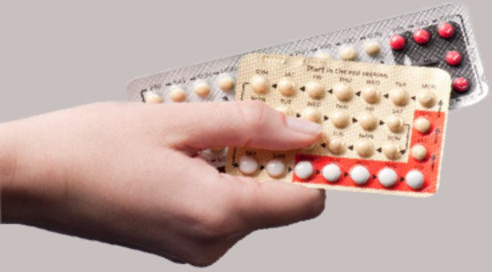
What are they?
Contraceptive pills are small tablets that are taken by mouth.
You must remember to take contraceptive pills every day at the same time so that you have a steady release of hormones.
A steady release of hormones will make sure you have good protection from pregnancy.
There are different types of contraceptive pills available. Different types of contraceptive pills will have different types of hormones in them and will make different changes to the body to prevent pregnancy.
The combined oral contraceptive pill uses oestrogen and progestogen hormones to:
- stop the ovaries from releasing an egg every month
- thicken the mucus that develops at the cervix so that sperm cannot reach the egg easily
The Progestogen-only pill (POP or Mini-Pill) uses the progestogen hormone to work in two different ways:
- thicken the mucus that develops near the cervix so that sperm cannot reach the egg easily
- or it can stop the ovaries from releasing an egg every month
Talk to your doctor or nurse to decide which type of contraceptive pill is right for you.
How effective are they?
93% effective with typical use
More than 99% effective with perfect use
More information
For more information on different types of contraceptive pills, go to:
Contraceptive implant (also known as Implanon)
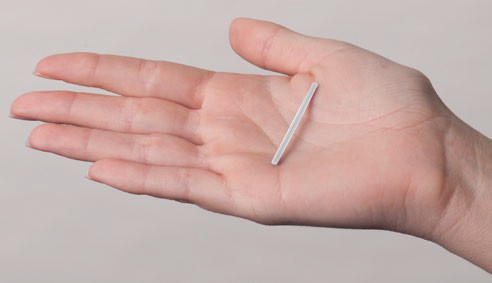
What is it?
The contraceptive implant is a small, plastic rod that is inserted under the skin of the upper arm by a doctor or nurse.
Once inserted, the contraceptive implant provides a steady release of hormones that will make sure you have good protection from pregnancy.
How long does it last?
The contraceptive implant can last in your body for up to three years. It can be removed if you do not like it, want to change contraception, or want to have a baby.
How effective is it?
More than 99% effective.
More information
For more information about the contraceptive implant, go to:
Hormonal intrauterine device (IUD) (also known as Mirena or Kyleena)
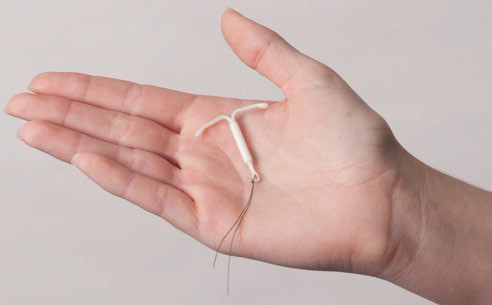
What is it?
The hormonal IUD is a small, T-shaped plastic device.
It is inserted through the cervix and sits in the uterus.
Once inserted, the hormonal IUD provides a steady release of hormones that will make sure you have good protection from pregnancy.
How long does it last?
The hormonal IUD can last in your body for up to five years.
It can be removed if you do not like it, want to change contraception, or want to have a baby.
How effective is it?
More than 99% effective.
More information
For more information about the hormonal IUD, go to:
Contraceptive injection
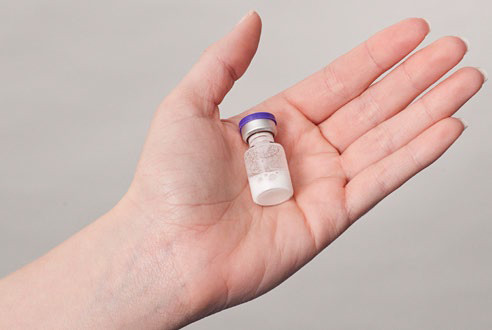
What is it?
The contraceptive injection is done by a doctor or nurse every 12 weeks.
Getting the injection every 12 weeks provides a steady release of hormones that will make sure you have good protection from pregnancy.
How long does it last?
The contraceptive injection lasts for 12 weeks.
You cannot reverse the injection once it is done.
It can take up to 12 months for your period and fertility to return once you stop having the contraceptive injection.
How effective is it?
96% effective with typical use
More than 99% effective with perfect use
More information
For more information about the contraceptive injection, go to:
Vaginal Ring
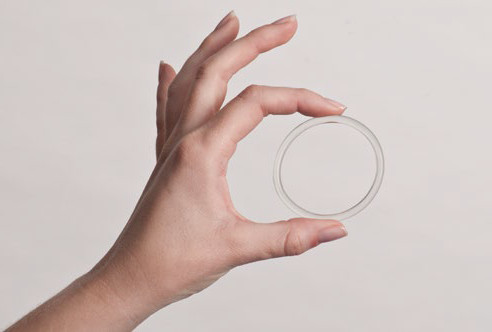
What is it?
The vaginal ring is inserted into the vagina and stays inside for three weeks.
It provides a steady release of oestrogen and progestogen hormones to:
- stop the ovaries from releasing an egg every month
- thicken the mucus that develops near the cervix so that sperm cannot reach the egg easily
At the end of week 3, the ring is removed to have a bleed (like a period).
A new ring is inserted at the end of week 4.
How effective is it?
93% effective with typical use.
More than 99% effective with perfect use
How long does it last?
The contraceptive vaginal ring lasts for three weeks.
It can be removed if you do not like it, want to change contraception, or want to have a baby.
More information
For more information about the vaginal ring, go to:
Barrier methods of contraception+
Male (external) condoms
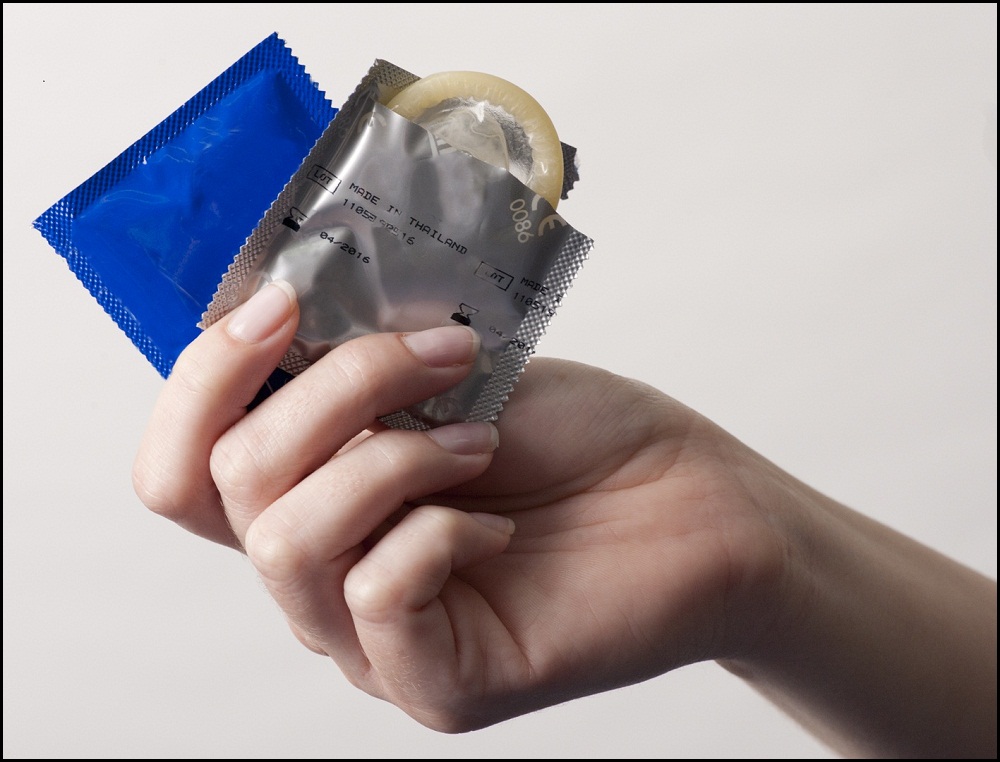
What is it?
The male (external) condom is made of very thin latex (rubber) or polyurethane (soft plastic). It fits over an erect (hard) penis and stops the transfer of bodily fluids between partners.
You will need to check the expiration date and use a new condom each time you have sex.
Condoms are the only type of contraception that can help protect you from sexually transmissible infections (STIs).
How effective is it?
88% effective with typical use.
98% with perfect use.
More information
For more information about the male condom, go to:
Female (internal) condoms
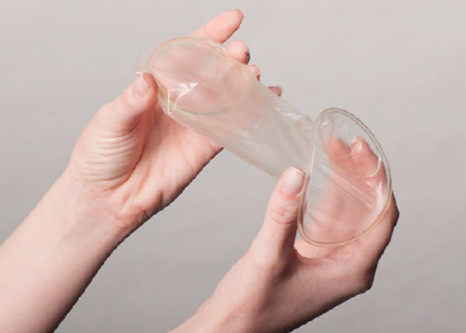
What is it?
The female (internal) condom is made of nitrile (a synthetic rubber). It is inserted inside the vagina and stops the transfer of bodily fluids between partners.
You will need to check the expiration date and use a new condom each time you have sex.
Condoms are the only type of contraception that can help protect you from sexually transmitted infections (STIs).
How effective is it?
795% with typical use.
95% with perfect use.
More information
For more information about the female condom, go to:
Other methods of contraception+
Copper intrauterine device (IUD)
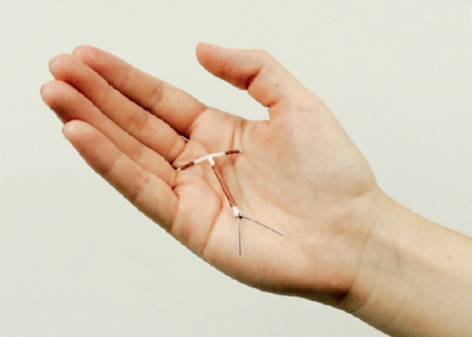
What is it?
The copper IUD is a small, plastic device wrapped in copper wire.
It is inserted through the cervix and sits in the uterus.
The copper on the IUD changes the environment of the uterus so sperm cannot survive.
The copper IUD can also be used as emergency contraception if it is inserted up to 5 days after unprotected sex.
Unprotected sex can mean:
- sex without using contraception
- condom breaking during sex
- being a victim of sexual assault
The copper IUD will only prevent a pregnancy from happening. It will not end a pregnancy that is already established.
To learn more, go to: Emergency Contraception
How effective is it?
More than 99% effective.
How long does it last?
Between 5 to 10 years depending on the type of copper IUD.
It can be removed if you do not like it, want to change contraception, or want to have a baby.
More information
For more information about the copper IUD, go to:
Contraceptive Diaphragm
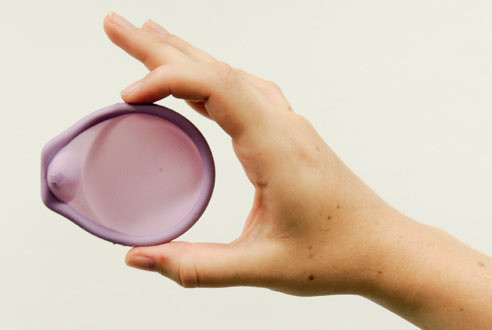
What is it?
The contraceptive diaphragm is a flexible dome made of silicone.
It is inserted into the vagina and covers the cervix to stop sperm from entering the uterus.
The contraceptive diaphragm needs to be inserted before having sex and can only be removed six hours after having sex.
How effective is it?
82% with typical use.
86% with perfect use.
More information
For more information about the contraceptive diaphragm, go to:
Permanent contraception
What is it?
There are two types of procedures which provide permanent contraception:
-
Vasectomy for the male reproductive system.
A vasectomy is a surgical procedure that will stop sperm travelling from the testes to the urethra.
-
Tubal sterilisation for the female reproductive system.
Tubal sterilisation is a surgical procedure that will block the egg from travelling out of the ovary and into the uterus.
How effective is it?
Sterilisation is not easily reversible and is over 99% effective.
Both procedures are done by a doctor.
More information
For more information on sterilisation, go to:
Fertility awareness methods (also known as natural family planning)
What is it?
The fertility awareness method is when a person monitors their period cycle every day to see when they are most fertile. This can also include monitoring and recording changes to the cervix, cervical mucus and basal body temperature.
A person would need to avoid having sex during the fertile time to reduce their chances of becoming pregnant.
How effective is it?
Fertility awareness methods are very strict and must be followed perfectly to prevent pregnancy.
76 – 93 % with typical use.
95 – 99.5 % with perfect use.
More information
To learn more about fertility awareness methods, go to:
Fertility awareness based methods of contraception, lactational amenorrhoea and withdrawal
Lactational amenorrhea method (LAM)
What is it?
LAM is the use of breastfeeding for 6 months after having a baby as a contraceptive method.
Breastfeeding affects hormones that can reduce the likelihood of a person releasing an egg (ovulating).
This reduces the chance of pregnancy.
How effective is it?
LAM is very strict and must be followed perfectly to prevent pregnancy.
If followed correctly, it can be 98% effective.
More information
To learn more about LAM, go to:
Fertility awareness based methods of contraception, lactational amenorrhoea and withdrawal
Withdrawal method
What is it?
The withdrawal method is when the penis is removed from the vagina before ejaculation, to avoid semen being released into the vagina.
How effective is it?
This is the least effective method because when the penis becomes erect (hard), the tip of the penis releases a fluid called pre-cum. This fluid can carry STIs and sperm.
A person may be able to get pregnant from the sperm in the pre-cum.
If followed correctly, it can be between 80-95% effective.
More information
To learn more about the withdrawal method, go to:
Fertility awareness based methods of contraception, lactational amenorrhoea and withdrawal
Emergency contraceptive pill+
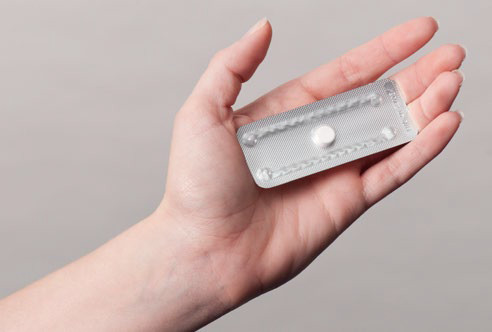
What is it?
The emergency contraceptive pill (ECP) is taken after unprotected sex to prevent a pregnancy from happening.
Unprotected sex can mean:
- sex without using contraception
- condom breaking during sex
- being a victim of sexual assault
The ECP will only prevent a pregnancy from happening. It will not end a pregnancy that has already occurred.
The ECP can be bought at the pharmacy without a prescription. It is also available from Family Planning NSW clinics.
How effective is it?
Around 85% effective (depending on how long it is taken after unprotected sex).
The ECP can be taken for up to 3-5 days after unprotected sex depending on the pill taken.
The sooner it is taken, the more effective it will be.
You may need a follow-up pregnancy test to check if the emergency contraception pill has worked and you are not pregnant.
More information
For more information about the ECP, go to:
For more information:+
Download the Know Your Health: Contraception options resource for easy information about contraception. Click here to download
You can also call the Family Planning NSW Talkline on 1300 658 886 to speak to a nurse or click here to talk to one of our nurses online.
To speak to someone in your language, call the Telephone Interpreter Service (TIS) on 131 450.
Ask to be connected to Family Planning NSW Talkline on 1300 658 886.
Resources in different languages:+
Know Your Health: Contraceptive Options (English)
Know Your Health: Contraceptive Options (Arabic)
Know Your Health: Contraceptive Options (Chinese)
Know Your Health: Contraceptive Options (Dari)
Know Your Health: Contraceptive Options (Dinka)
Know Your Health: Contraceptive Options (Farsi)
Know Your Health: Contraceptive Options (French)
Know Your Health: Contraceptive Options (Spanish)
Know Your Health: Contraceptive Options (Swahili)
Know Your Health: Contraceptive Options (Vietnamese)


